Services
Electrophysiology / Neurophysiology
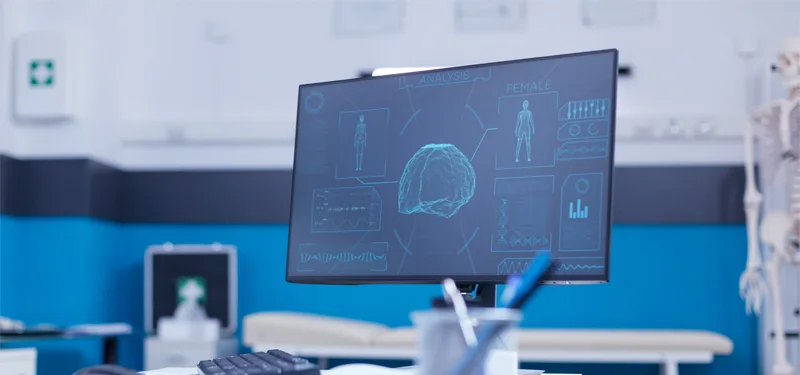
Neuro- electrophysiology is the study of the electrical properties of biological cells and tissues in the nervous system. Changes in these properties allow the nervous system to perform its many functions, which are not only responsible for keeping us alive but also allow us to achieve higher levels of consciousness.
Electrophysiology involves the measurements of these changes, usually voltage or current, on a variety of scales from single ion channels to the whole brain. Studying these properties has many implications beyond the basic understanding of how the brain works, including investigations of neurological disorders and the potential uses or effects of pharmaceutical compounds.
The tests used for this are Nerve Conduction Studies(NCV), Electromyography(EMG), Repetetive nerve stimulation (RNS), Brain stem auditory evoked potentials (BAER/BERA), Visual Evoked potentials(VEP), Somatosensory Evoke potenials(SSEP),EEG
Sleep Study
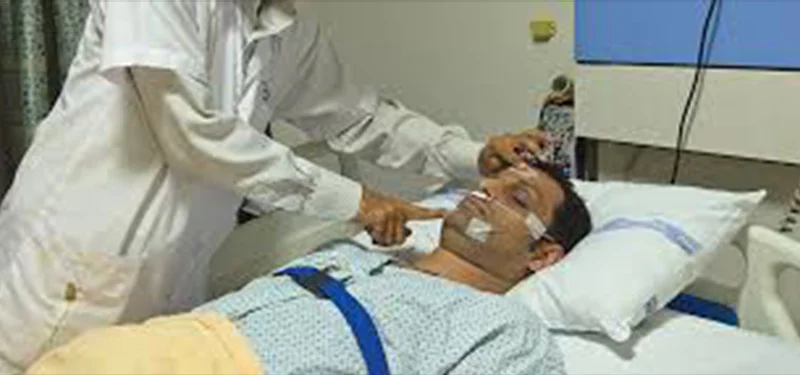
Sleep study, is a comprehensive test used to diagnose sleep disorders. Polysomnography records your brain waves, the oxygen level in your blood, heart rate and breathing, as well as eye and leg movements during the study. Polysomnography may be done at a sleep disorders unit within a hospital or at a sleep center. While it's typically performed at night, polysomnography is occasionally done during the day to accommodate shift workers who habitually sleep during the day.
In addition to helping diagnose sleep disorders, polysomnography may be used to help initiate or adjust your treatment plan if you've already been diagnosed with a sleep disorder. Sometimes you may be able to do the sleep study at home. Home sleep apnea testing uses a limited number of sensors to focus primarily on diagnosing obstructive sleep apnea (OSA).
Epilepsy Disorders

Epilepsy is a serious CNS (central nervous system) disorder where brain functioning becomes abnormal. Critical cases of Epilepsy cause a series of bizarre sensations and seldom loss of awareness.
The problem of Epilepsy can affect people regardless of their age. It can affect either males or females irrespective of background or age.
One of the major symptoms that cause Epilepsy is Seizures. Due to a seizure, a patient stares blankly for prolong period. Our doctors divide the seizure into local and generalized seizures. Focal Seizures get into only one or two areas of the brain. Whereas, Generalized Seizures target the entire brain affecting its function.
Through tests like EEG, MRI, and CT scans, our doctors prescribe treatment and medication. The treatment such as Magneto encephalography (MEG) identifies the magnetic fields generated due to brain activity to identify potential seizures inside the brain.
Movement Disorders

Movement disorders are clinical syndromes with either an excess of movement or a paucity of voluntary and involuntary movements, unrelated to weakness or spasticity .Movement disorders are synonymous with basal ganglia or extrapyramidal diseases. Movement disorders are conventionally divided into two major categories - Hyperkinetic and Hypokinetic.
Hyperkinetic movement disorders refer to dyskinesia, or excessive, often repetitive, involuntary movements that intrude upon the normal flow of motor activity.
Hypokinetic movement disorders refer to akinesia (lack of movement), hypokinesia (reduced amplitude of movements), bradykinesia (slow movement), and rigidity. In primary movement disorders, the abnormal movement is the primary manifestation of the disorder. In secondary movement disorders, the abnormal movement is a manifestation of another systemic or neurological disorder.
Acute Stroke
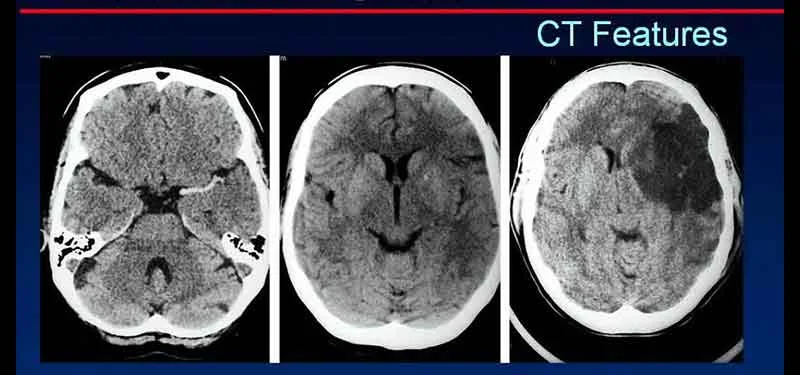
Acute stroke occurs when the blood supply to the brain is disrupted, injuring brain cells and tissues. Recognising stroke symptoms is crucial as people who get rapid treatment have a better chance of a more complete recovery, even if the initial stroke is relatively severe.
There are three main forms of acute stroke:
Ischaemic stroke: this happens when a blood vessel in the brain becomes blocked by a blood clot, or atherosclerosis, which develops because of a build-up of fatty substances in blood vessels. This cuts off the oxygen supply to tissue.
Haemorrhagic stroke: a blood vessel in the brain bursts, spilling blood into the brain and making it difficult for oxygen and nutrients to reach the nerve cells. The blood flow can also raise the pressure inside the skull, causing further brain injury.
Transient ischaemic attack: occasionally, the blockage in the blood vessel is only temporary. This causes a transient ischaemic attack, often called a mini-stroke.
Stroke Thrombolysis
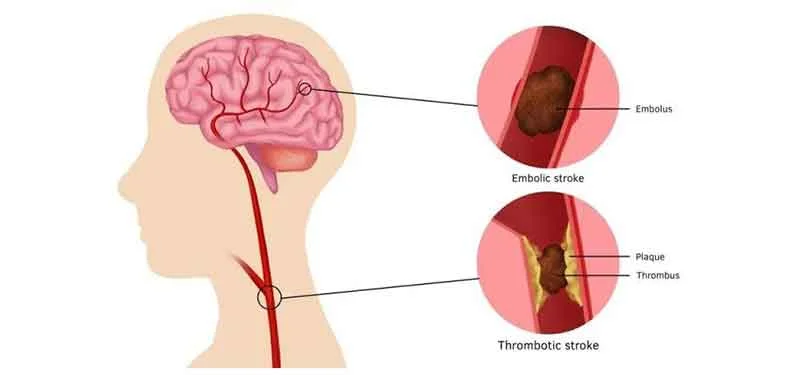
Some people with ischaemic stroke are eligible for a clot-busting drug. The drug aims to disperse the clot and return the blood supply to your brain. The medicine itself is called alteplase, or recombinant tissue plasminogen activator (rt-PA). The process of giving this medicine is known as thrombolysis. Thrombolysis can break down and disperse a clot that is preventing blood from reaching your brain.
For most people thrombolysis needs to be given within four and a half hours of your stroke symptoms starting. In some circumstances, your doctor may decide that it could still be of benefit within six hours. However the more time that passes, the less effective thrombolysis will be. This is why it’s important to get to hospital as quickly as possible when your symptoms start.
After thrombolysis, 10% more patients survive and live independently. Despite its benefits, there is a risk that thrombolysis can cause bleeding in your brain. This happens to about one in 25 people within seven days of thrombolysis, and this can be fatal in about one in 40 cases. The sooner you are treated, the better the chances of improvement, and the lower the risk of harm.
Video - EEG
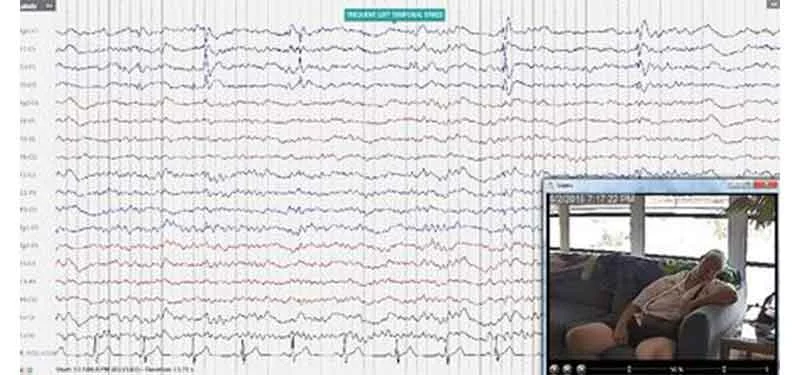
A video EEG (electroencephalograph) records what you are doing or experiencing on video tape while an EEG test records your brainwaves. The purpose is to be able to see what is happening when you have a seizure or event and compare the picture to what the EEG records at the same time. Sounds that occur during the testing are also recorded - this can pick up if a person talks or makes sounds during an event. By doing this, doctors reading the EEG can tell if the seizure or event was related to the electrical activity in the brain. If so, we'd call this an epilepsy seizure.
Video EEG is most helpful to determine if seizures with unusual features are actually epilepsy, to identify the type of seizures, and to pinpoint the region of the brain where seizures begin. Locating the region precisely is essential if epilepsy surgery is being considered.
Other names for video EEG tests include: EEG telemetry, EEG monitoring, or video EEG monitoring. Usually these terms mean the same thing.
Headaches and Craniofacial Pain Disorders
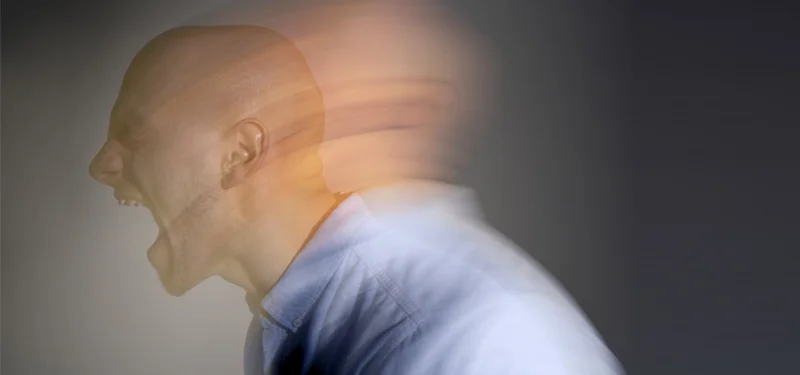
Headache is one of the most common pain affliction seen in humans. The life time prevalence of headaches in men or women is close to 95%. The common headache disorders include migraine, tension type headaches or relatively rare cluster headaches.
Other headache disorders include Trigeminal autonomic cephalgia or craniofacial pain disorders like trigeminal neuralgia. Other secondary headaches can be due to cervical disorder, trauma/injury,infection, post sinusitis, meningitis, brain tumor.
Autoimmune Neurological Disorders
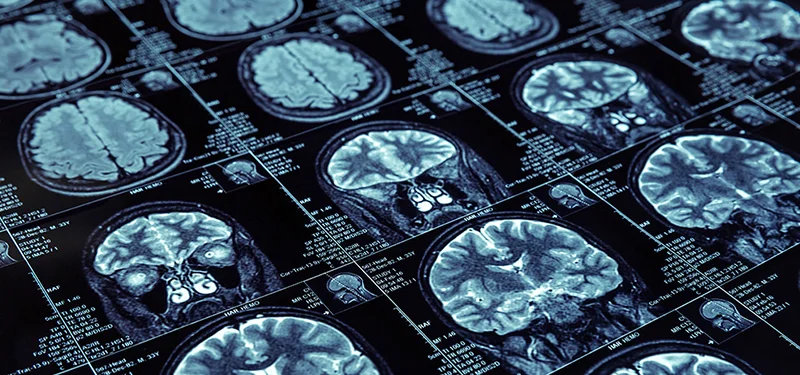
Autoimmune disorders across various levels of neuraxis inclusive of autoimmune encephalitis/ epilepsy, dementia, multiple sclerosis, neuromyelitis optica, ADEM.
Involvement of nerve and neuromuscular junction inclusive of Guillain Barre syndrome, myasthenia gravis or polymyositis/ dermatomyositis.